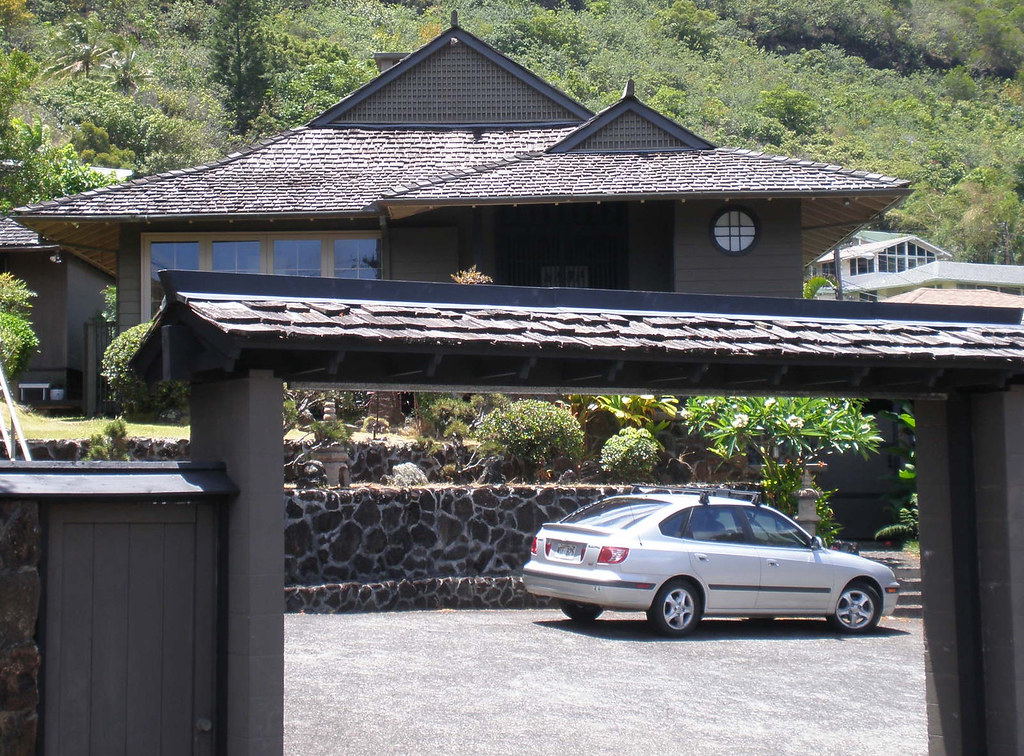In Indonesia, lavish wedding ceremonies are common to observe. Typically, it is done to flaunt one’s standing, success, and societal standing. It’s also a way to show admiration to your parents and other family members.
The kids of the bride and groom typically oversee the luxurious Indonesian celebrations. They are in charge of selecting the wedding location, setting up the invites, and feeding the visitors. Typically, the marriage ceremony is performed in front of relatives, friends, and coworkers. It is typical for the newlyweds to get presents from their visitors.
Gifts can include everything from cheap jewelry and cars to household goods. At the welcome, the pair will typically empty these gifts. However, given that many of the visitors are related to the bride and groom, there may be some duplicates in the donations given. It is common for a huge ceremony to have 10 toasters, 20 machines, and 15 mixer.
Indonesian Muslim weddings are full of vibrant colors and ornate decorations in addition to traditional dance. They frequently make religious allusions and have been influenced by Javanese and Majapahit empires’ long-gone customs. Perhaps among Indonesia’s contemporary Muslim populations, these customs have gained popularity.
It is acceptable for people to attend an Indonesian wedding festival without an standard proposal, unlike in some other nations. This is due to the fact that a wedding is regarded as an important lifestyle celebration and that inviting someone to join them for the celebration shows respect and appreciation.

For those who are unfamiliar with Indonesian culture, a typical Indonesian wedding ceremony starts with a” seserahan” ritual where the bride and groom exchange gifts with their closest family members and friends. Following this, there is a theological meeting that includes reading the Koran, praying, and trading jewelry. The partners did therefore host a lavish welcome and eat their first meals as newlyweds.
Ondel-ondel performances, which were once used to ward off evil spirits but are now used as street leisure, are another distinctive aspect of an Indonesian ceremony. Men normally perform this waltz while dressed in attire indonesiancupid that resembles the owl-ondel face. Penghinaan angin, or the rainfall boogie, is another name for this functionality.
The Dayak Iban community of Northern Borneo has an odd custom for their nuptials. The grooms-to-be are required to provide a bright cloth to the bride during this festival. The enjoyment of the relationship in the future is said to be determined by this bride. In the festival, there is also an ondel boogie.
Traditional weddings in different regions of Indonesia typically feature a parade of bride and groom holding hands. It is referred to as a “kanten asto.” It is also frequently seen in the pondong and kanten asto ceremonies held by the common persons and the aristocracy, between. The bride and groom may subsequently kiss on the knees of each other. This represents their promise to their parents that they will treat them properly.


